- Have any questions?
- +86-189 8930 5995
- sales@mosinterchem.com.cn
Imazethapyr CAS 81335-77-5

Polyaluminium Chloride CAS 1327-41-9
26/12/2018
R409b CAS 75-45-6 354-25-6 75-68-3
27/12/2018| Model: | MOS 81335-77-5 |
| Type: | Powder |
| Brand Name: | MOSINTER |
| CAS No.: | 81335-77-5 |
| Name: | Imazethapyr |
| Molecular Formula: | C15H19N3O3 |
| Molecular Weight: | 289.33 |
| Density: | 1.31g/cm3 |
| Melting point: | 169-173℃ |
| Water solubility: | 2.57g/L (20℃); 1.4g/L (25℃) |
| Vapour Pressur: | 0.013×10-3Pa (60℃) |
| methanol solubility: | 105 g/L (25℃) |
| isopropanol solubility: | 17 g/L (25℃) |
| Toluene solubility: | 5 g/L (25℃) |
Imazethapyr (CAS: 81335-77-5 ) is a kind of organic heterocyclic herbicides.
Imazyethapr Attribute
| Molecular Formula | C15H19N3O3 |
| Molecular Weight | 289.33 |
| Melting point | 169-173℃ |
| Vapour Pressur | 0.013×10-3Pa (60℃) |
| Water solubility | 2.57g/L (20℃); 1.4g/L (25℃) |
| methanol solubility | 105 g/L (25℃) |
| isopropanol solubility | 17 g/L (25℃) |
| Toluene solubility | 5 g/L (25℃) |
| heptane solubility | 0.9 g/L (25℃) |
Imazyethapr Molecular Formula
Synonyms: 2-(4,5-dihydro-4-methyl-4-(1-methylethyl)-5-oxo-1H-imidazol-2-yl)-5-ethyl-3-pyridinecarboxylic acid;
5-Ethyl-2-(4-isopropyl-4-methyl-5-oxo-2-imidazolin-2-yl)nicotinic acid; (+-)-midazol-2-yl)-5-ethyl
Imazethapyr is a kind of organic heterocyclic herbicides, belonging to the imidazolinone compounds,
the isopropylamine
salt suitable for control of all weed, of Cyperaceae weeds and annual and perennial monocotyledonous weeds
and broad-leaved weeds and miscellaneous have excellent herbicidal activity, is used in the bud or bud,
can be quickly absorbed by
the roots and leaves of plants, inhibit the biosynthesis of plant side chain amino acid (valine, leucine and
isoleucine), break down proteins, which made the weed growth was inhibited. His cause of death.
After treatment, the sensitive weeds immediately stopped growing, and died after 2 to 4 weeks. The selectivity is due to
the different metabolic rate of plants, and the metabolic rate of resistant plants is faster than that of the plants. After the
absorption of the common bean plant, its in vivo rapid metabolic breakdown, the safety of soybean, and the half-life of the tobacco in Soybean in the soybean in the body for about 1.6 days. At the dosage of 100g above the active
ingredient of /hm2, early application can significantly inhibit the growth of soybean, but can recover soon.
In the low-lying fields, acidic soil, this product should be used with caution. The drug in the soil residual period longer, on the drug
sensitive crops such as cabbage, rape, cucumbers, potatoes, eggplant, pepper, tomato, sugar beet, watermelon,
sorghum and other are not in applying imazethapyr three years to grow. But the recommended dose of treatment,
the latter can be planted in spring wheat, soybeans or corn. In our country more than one year, more should be
based on the specific circumstances of the selection of crop rotation crops.
APPLICATIONS
Biochemistry Branched chain amino acid synthesis (ALS or AHAS) inhibitor. Hence reduces levels of valine,
leucine and isoleucine, leading to disruption of protein and DNA synthesis. Selectivity in soya benas and peanuts
is attributed to rapid detoxification via hydroxylation and glycosylation. Mode of Action Systemic herbicide,
absorbed by the roots and foliage, with translocation in the xylem and phloem, and accumulation in the meristematic
regions. Uses Control of many major annual and perennial grass and broad-leaved weeds in soya beans and other
leguminous crops. Applied pre-plant incorporated, pre-emergence, or post-emergence. Phytoxicity
Non-phytotoxic to soya beans and other leguminous crops, when used as directed.
MAMMALIAN TOXICOLOGY
Oral: Acute oral LD50 for male and female rats, and female mice >5000 mg/kg. Skin and eye: Acute percutaneous
LD50 for rabbits >2000 mg/kg; mild skin and reversible eye irritant.
Inhalation: LC50 for rats 3.27 mg/l air (analytical), 4.21 mg/l (gravimetric).
NOEL (2 y): for rats >10 000 mg/kg diet; (1 y) for dogs >10 000 mg/kg diet (highest dose tested).
WHO hazard class: III (Table 5)
Other: Non-mutagenic in the Ames test.
Toxicity class: III
ECOTOXICOLOGY
Birds: Acute oral LD50 for bobwhite quail and mallard ducks >2150 mg/kg.
Fish: LC50 (96 h) for bluegill sunfish 420, rainbow trout 340, channel catfish 240 mg/l.
Daphnia: LC50 (48 h) <1000 mg/l.
Algae: NOEL for Selenastrum capricornutum 50 mg/l. Other aquatic spp. I50 for Lemna gibba 4.38 mg/l.
Bees: Topical LD50 for honeybees >0.1 mg/bee.
Worms: I50 >10 000 mg/kg.
ENVIRONMENTAL FATE
Animals: In rats, following oral administration, 92% was excreted in the urine and 5% in the faeces within
24 hours. Residue levels in blood, liver, kidney, muscle, and fat tissues were <0.01 ppm after 48 hours.
Plants: Rapidly metabolised in non-susceptible plants; half-life in soya beans 1.6 days. The primary metabolic
route in maize is oxidative hydroxylation at the a-carbon atom of the ethyl substituent on the pyridine ring.
Soil/Environment: Half-life in soil 1-3 months.
You must be logged in to post a review.

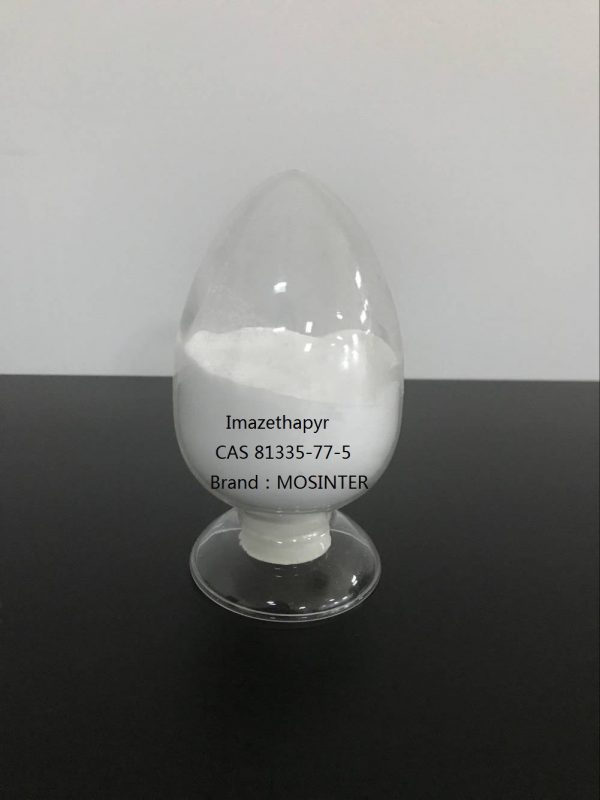
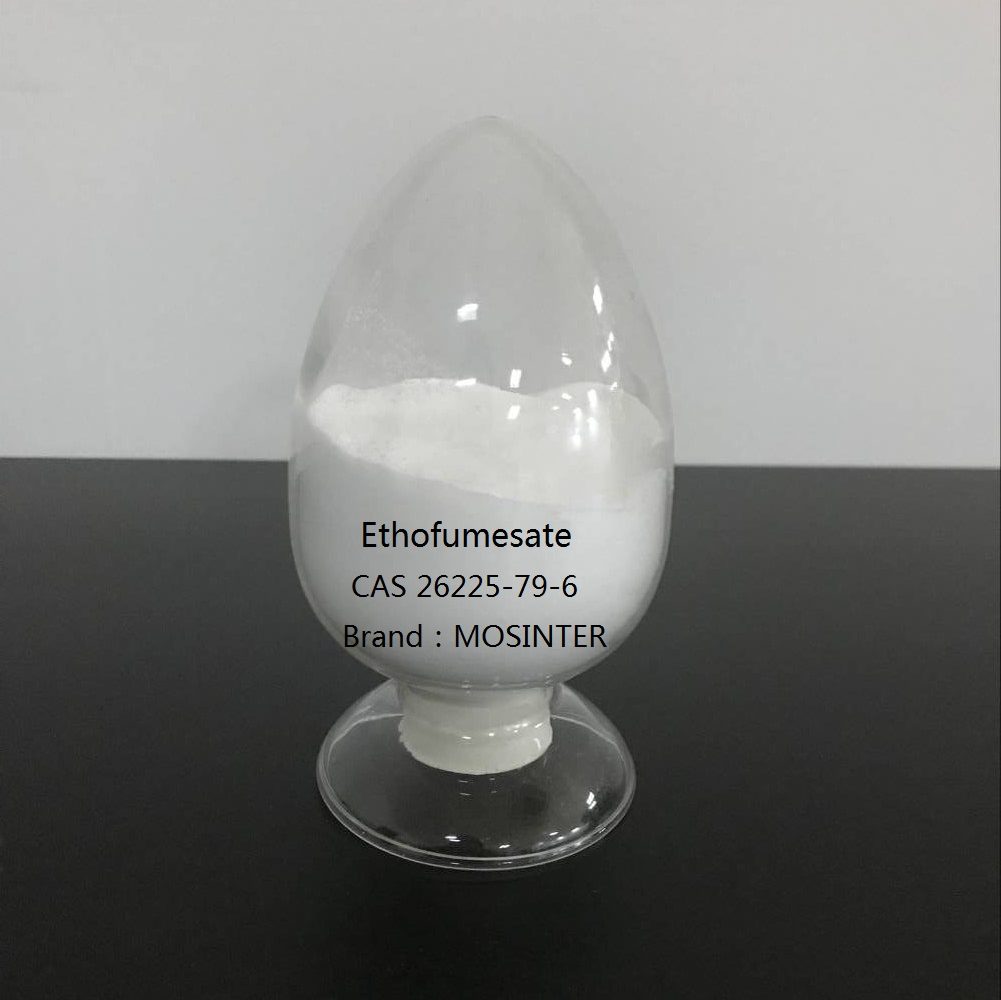
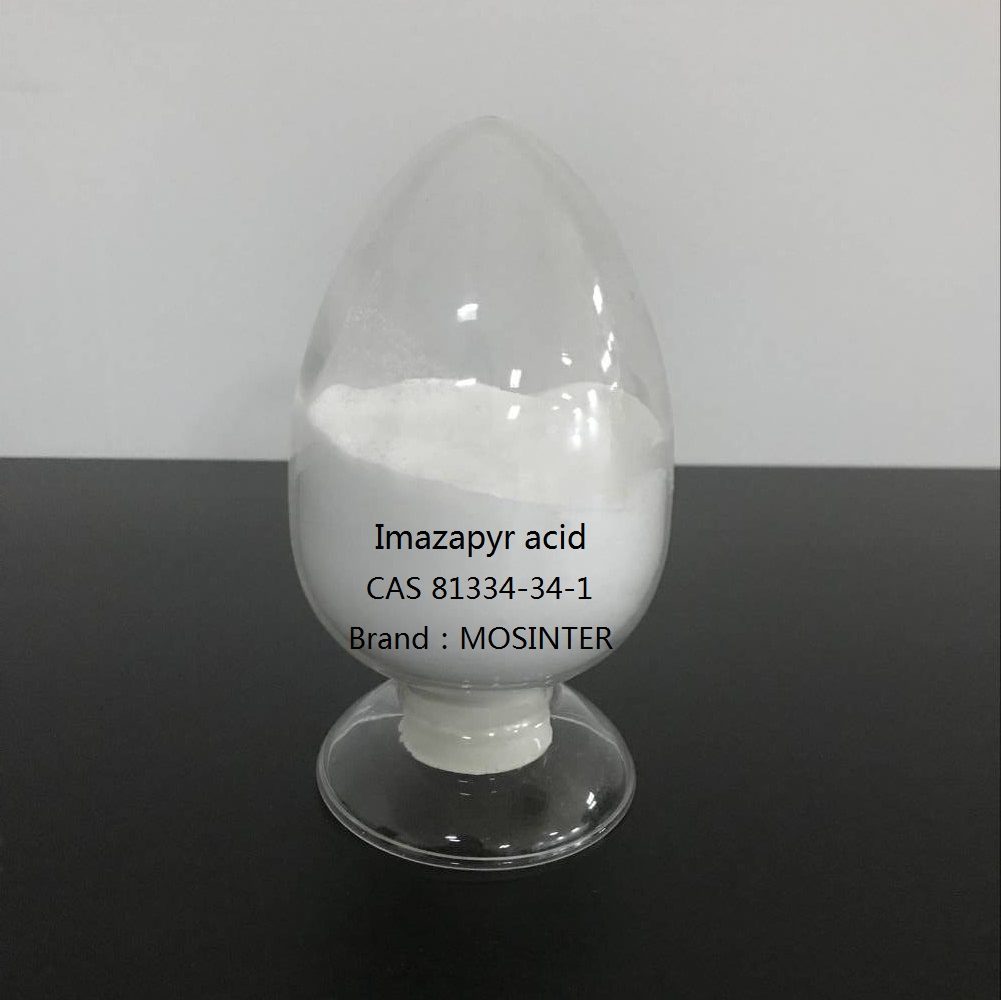
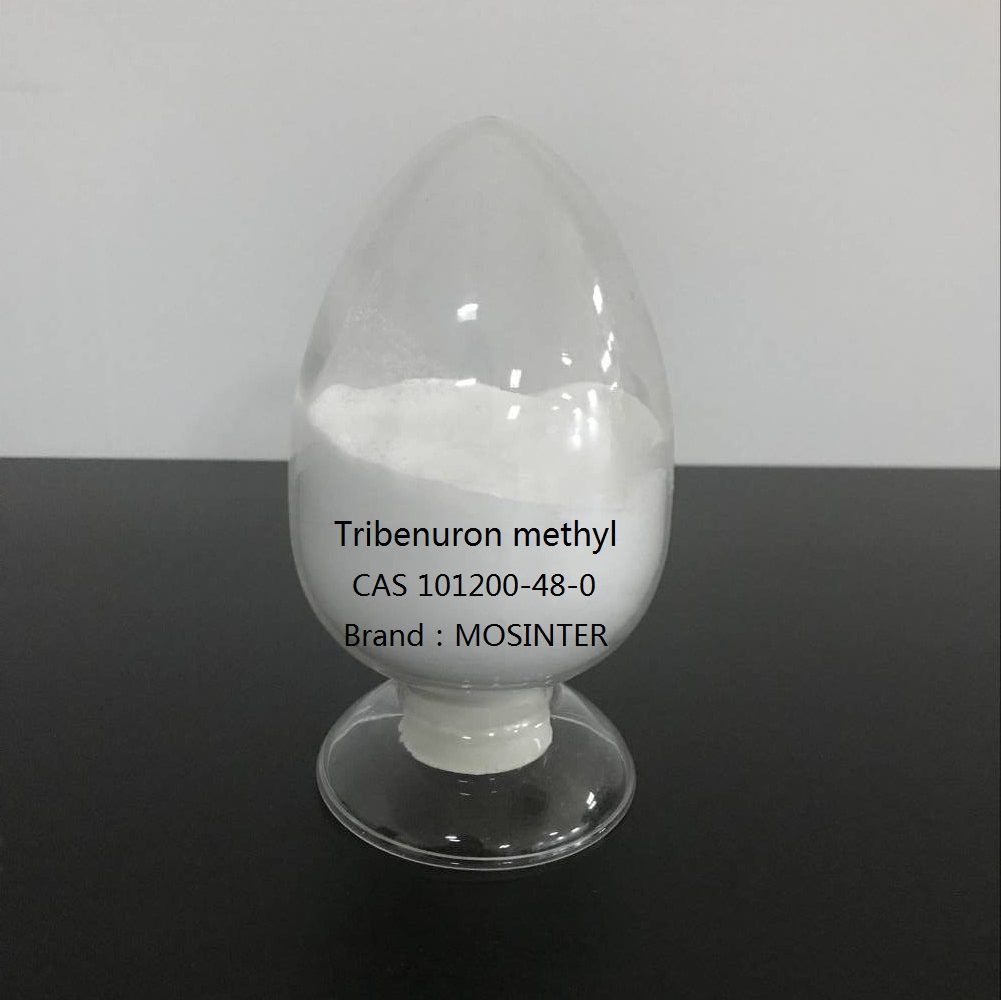
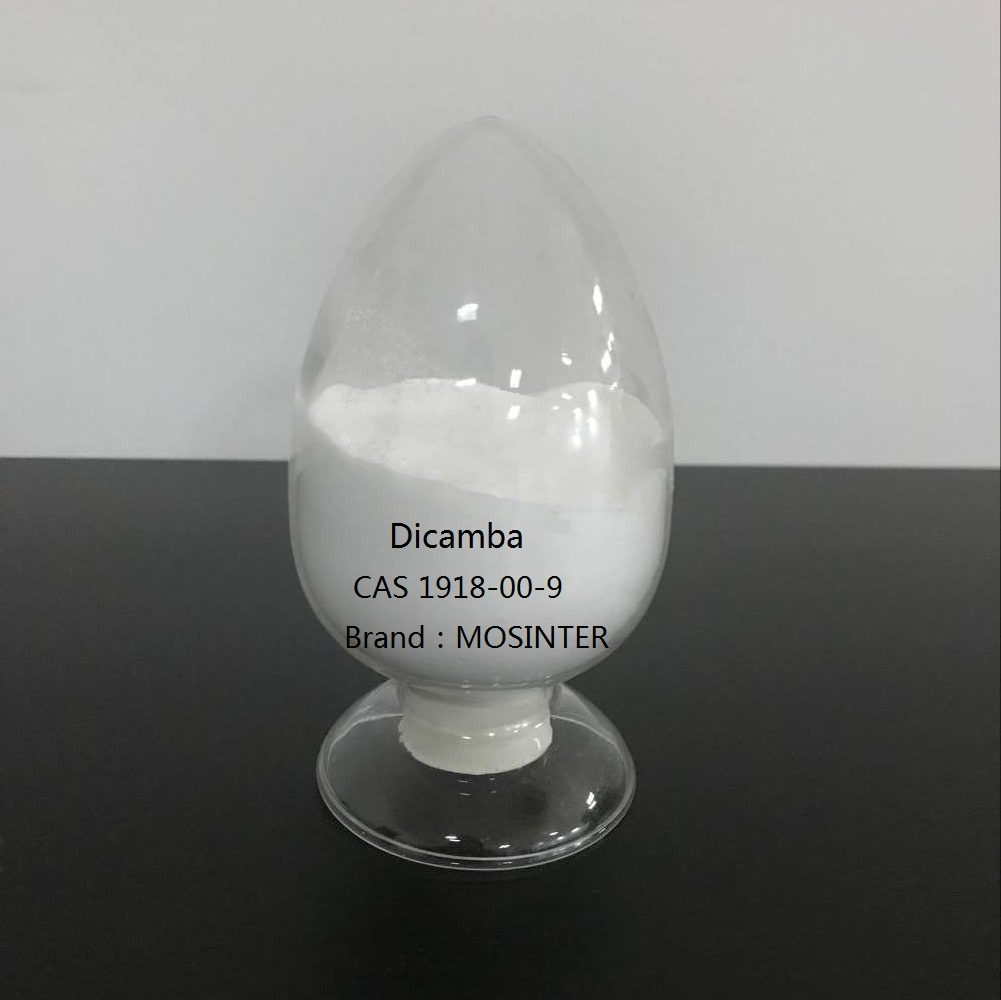
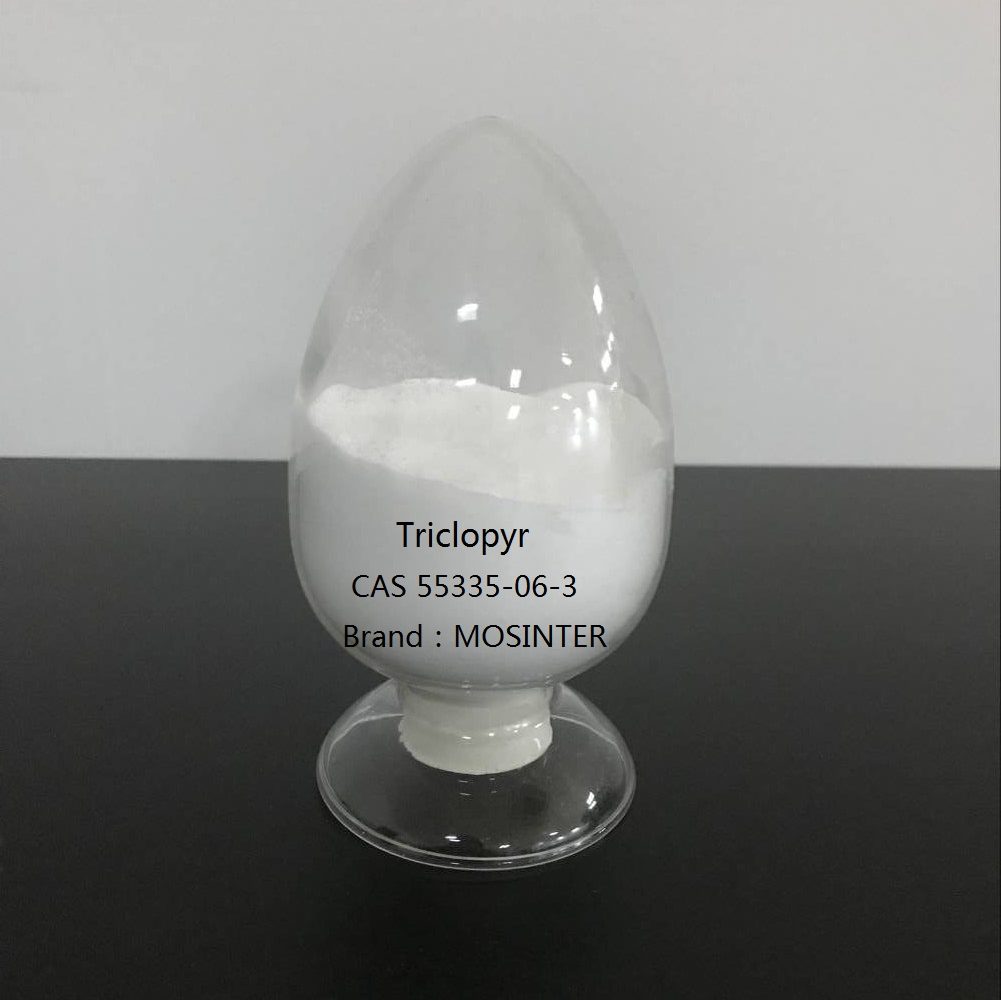
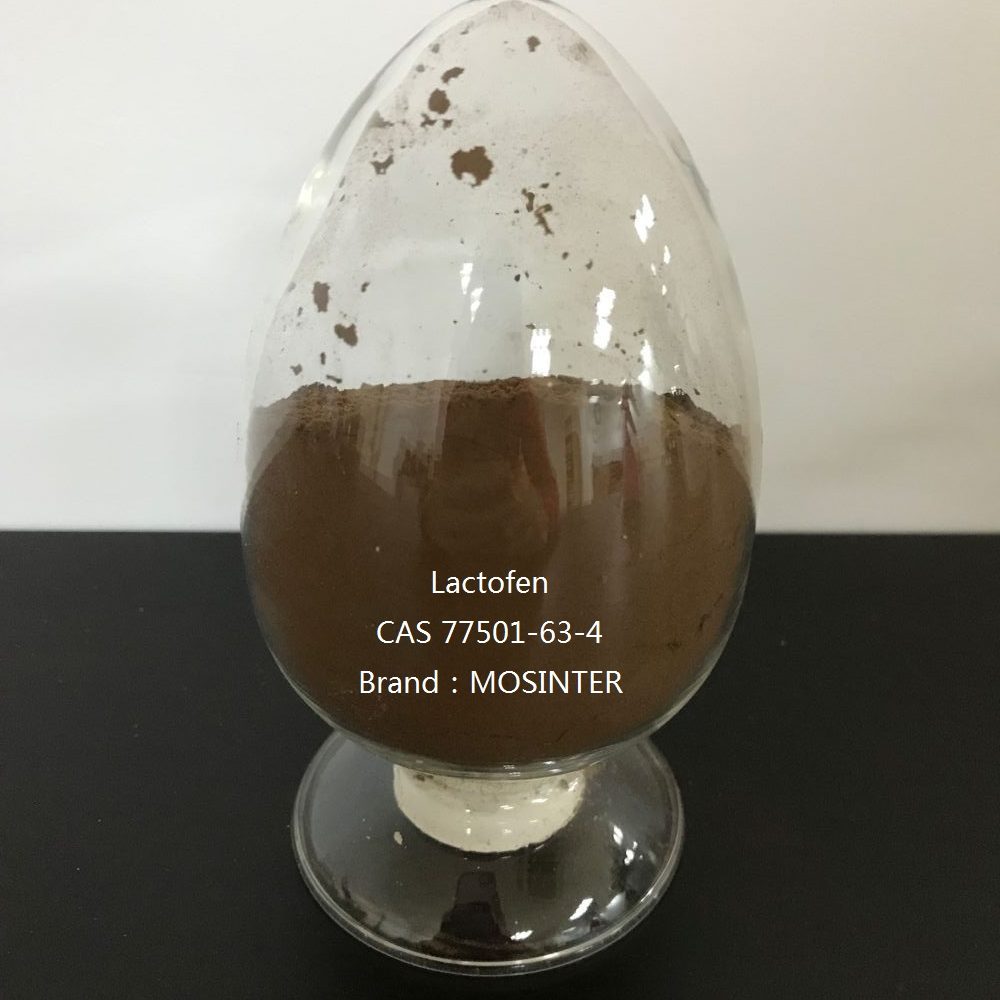
Reviews
There are no reviews yet.